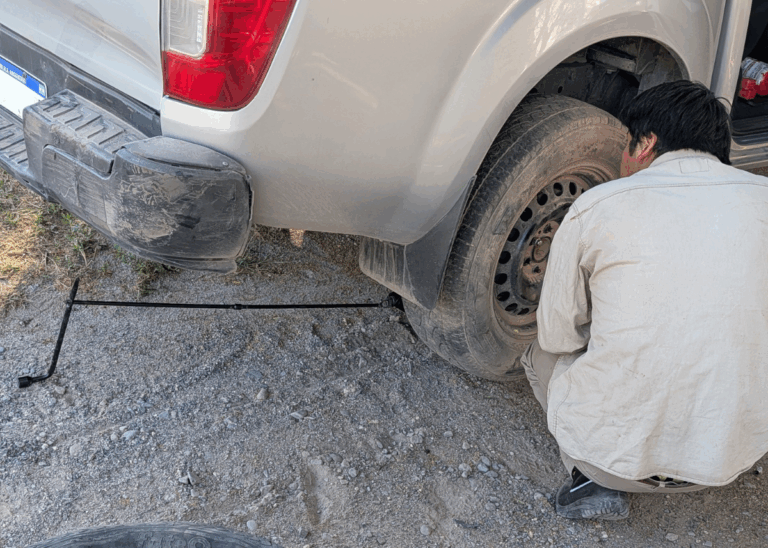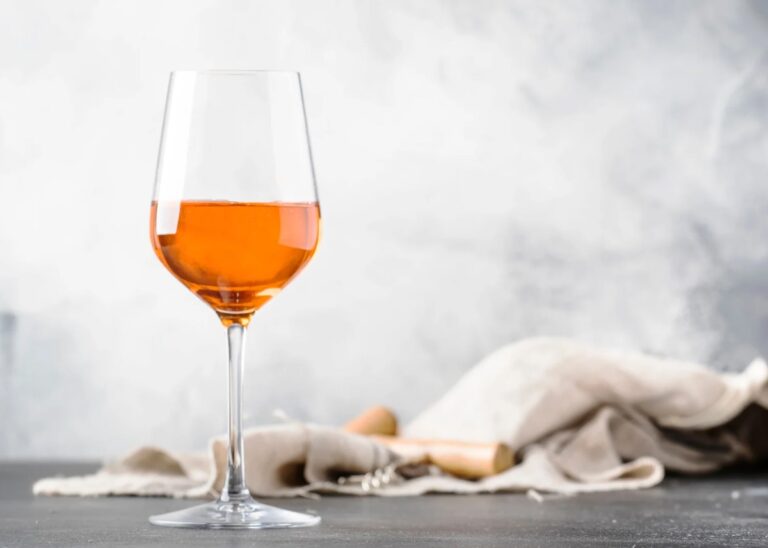[et_pb_section fb_built=”1″ _builder_version=”4.11.1″ _module_preset=”default” global_colors_info=”{}”][et_pb_row _builder_version=”4.11.1″ _module_preset=”default” global_colors_info=”{}”][et_pb_column type=”4_4″ _builder_version=”4.11.1″ _module_preset=”default” global_colors_info=”{}”][et_pb_text _builder_version=”4.11.1″ _module_preset=”default” global_colors_info=”{}”]Contents:
[/et_pb_text][et_pb_video _builder_version=”4.11.1″ _module_preset=”default” width=”75%” width_tablet=”85%” width_phone=”100%” width_last_edited=”on|phone” module_alignment=”center” global_colors_info=”{}” src=”https://youtu.be/8fpZGxMI0Ao” hover_enabled=”0″ sticky_enabled=”0″][/et_pb_video][et_pb_text _builder_version=”4.11.1″ _module_preset=”default” global_colors_info=”{}”]Transcript:
Hello bonjour and welcome to your new Bonner Private Wines video. Today I want to answer a question that you’ve probably found yourself asking at one point or another in your wine life. Can two bottles of the exact same wine be different? You buy two bottles of the same wine or buy a case of wine filled with supposedly old bottles of the exact same vino, same winery, same vintage.
Yet you taste them and they seem a little different from what you remembered last time. What’s going on here? Let’s explain.
Can Bottles Be Filled with Different Wines?
The short answer here to whether or not two bottles can be filled with different wines from the winery is no. I mean, 99% of the time it is no. Wineries generally have batches of wines in tanks that they prepare really carefully to make sure every bottle is as good as it could be as to ensure their bottling is consistent.
They blend different vineyards, yes, and grapes, then they stabilize the batch and then they bottle it through a bottling line. Every bottle’s wine flows out of the tank into the bottles, and all bottles are filled with essentially the same thing from the same tank, especially when we’re talking about smaller wineries with a limited and reasonable number of bottles.
Now, if we’re talking about wineries that produce millions of bottles of the same brand, they obviously won’t be all prepared and bottled on the same day or even the same exact tank because so much volume. So there could be some little variations there, but those are for really cheap wines, for which, if there’s a little difference between a bottle in another bought three months later, won’t matter all that much when you buy this from a supermarket.
One wine itself will change over the course of a few weeks or months, which is normal, and which leads us to what truly explains why two bottles of the same wine can be different from one another. And that’s the storage: the storage conditions.
Bottle Variation is Real…
While two bottles of the same wine, same vintage will generally be filled with the exact same vino, how those bottles are stored and transported or even served can dramatically affect and change how these wines will taste eventually in your glass.
Say you buy two different bottles of the same wine but two different shops, well those two flasks may have had a totally different life since leaving the winery, they may have shipped from Europe in a different container on a different ship with different temperatures.
They may have been transport loaded on a truck and different seasons. The shops themselves may have different temperatures in storage conditions, various lightings as well, for example. All of these little details make a little difference everyday to the bottle of wine, which after some weeks or months can make two bottles of the same vino taste quite different. It’s as simple as this.
The whole style of the wine may be essentially the same, but the way the wine is expressed, the way it tastes, may vary. Now the question is different if you bought a whole case of wine, we say six or 12 bottles in it, presumably those six or 12 bottles were bottled in line on the bottling line on the same day, just a few seconds apart, the case holding the bottles was shipped as a unit.
So all bottles should have gone through the exact same conditions. Well, in this case, the corks will explain why these bottles can taste different. Cork is a natural product. Every cork is cut from a slightly different piece of bark from a cork tree. So they have slightly different densities and grains. They each let a slightly different amount of oxygen to through the cork into the wine.
And this builds up to potentially making two bottles evolve very differently. As an example of that, let me tell you a story that happened to me personally. I was working at Chateau Margaux, a top winery in Bordeaux, and we were preparing for a bit of a feast and opening five different bottles of a 1981 top chateau called Chateau Cheval Blanc.
That’s one of the top chateaux of Bordeaux of Saint-Emilion. We were opening those five bottles from the same case that had been stored in that winery’s cellar. Very good storage conditions for probably 25 or 30 years at that point, we opened each and every of those five bottles very carefully and we tasted them to make sure the wine was fit in every bottle.
Well, out of those five bottles, the bottle variation was absolutely immense. One of them was pretty bad. It the wine tasted quite old, really tired, very thin and kind of lots of oddities in it. A bit off really. It wasn’t very good. Out of those five bottles, two were pretty good. What you expected from a 20 to 25 year old wine at that point was pretty good.
Quite complex, not extraordinarily extraordinary, but it was pretty good. And two of those bottles were absolutely phenomenal. One in particular was just explosive. So that’s a good example of how out of five bottles, those, each of those bottles were probably thousands of dollars by this point because an excellent vintage of the top Bordeaux wine.
Well, if you bought one of these five bottles with one of these, you would have been, “Oh, it’s so bad. I can’t believe I’ve spent thousands of dollars on that bottle.” For two of them you would have thought, “Yeah, it’s a decent wine. I’m glad I’ve tasted that wine.” And for one bottle in particular, that was the tasting experience of your lifetime.
Including if you buy the most expensive wine virtually in the world or one of the most expensive wines, well, you’re going to have a huge bottle of variation.
You could also tell from the cork for some corks the wine has gone all the way through. For other corks the wine had only gone just a few centimeters through, and that’s the whole difference. Bottle variation is real even at the highest level. It’s incredible. But it’s true. It’s the real world.
The Older the Wine…
So what I’ve explained so far would have given you a clue to these phenomenon. But let me work it out for you. The older the wine, the greater the bottle variation can potentially be. Because every single day a wine receives a slightly different level, a different amount of oxygen, or is exposed to different storage conditions, every day increases the difference between two bottles a little more. Multiply that by months or years, and the older the wine, the greater the bottle variation can be.
Like two twins may look and behave very similarly at a young age, but evolve in different directions through the course of their lives. It makes sense. Wines bottled under a screw cap closure, however, should be way more consistent, in case you’re wondering, because these caps are made of aluminum and plastic and they come out very consistently of their production line, unlike natural corks.
So if you put aside those screw cap bottles, I like to say that no two bottles of wine, even the same wine, the same vintage bottle, 2 seconds apart on the bottling line on the same day, well, no two bottles of wine are exactly the same. No two stories are exactly the same. No two tasting experiences are exactly the same.
And that’s the beauty of it. This is the beauty of wine tasting.
There is one thing that I haven’t mentioned here also, which is how we taste differently ourselves at different moments as well. But that I’ll leave for another day for next week’s video. In fact, I’ll develop a little more how the way we taste every day, every second, every hour can change dramatically how we perceive even a single vino.
Everything changes from one second to another when you’re tasting wine. But we talk about this next week from now. For now, I’ll leave it here for today and I will see you soon. In the wonderful world of vino.
[/et_pb_text][/et_pb_column][/et_pb_row][/et_pb_section]



